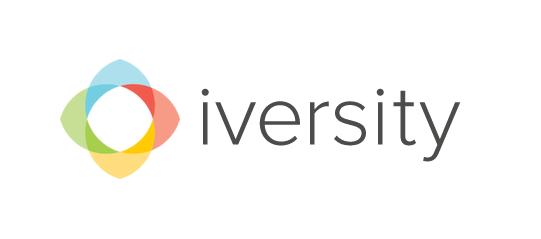

Final Assessment- Reaction Paper
The final assessment for this course is a reaction paper – a summative exercise that encourages you to reflect on what you have learned. Education research shows that this activity will help you to synthesize and retain what you learned.
You will use the Kirkpatrick Model of Learning Evaluation to document your learning. Details of this model can be found at the following site.
The model assesses learning at four levels: Reaction, Learning, Behavior and Results. We would like you to draft your reaction to this course on each level of the Kirkpatrick Model. Specifically, we would like you to answer the following questions:
a) Please indicate your reaction to the content and delivery of this course. Was it an interesting and useful learning experience ? What did you like and not like ?
b) Please indicate the three most important ideas or concepts you learned from this course, and describe why you found them important.
c) Please indicate the idea or concept that you found most useful for immediate application (in the the next 3 months), and describe how you will use it.
d) Please indicate the results you expect to achieve from the application of this idea or concept, and how you will measure these results.
Each of these questions should be answered in 150 words or less. Your total assignment should be no more than two single-spaced pages.
Write down your answer directly in the journal (click on "start in" journal on the right of the page) and publish it to get feedback from the professors.
Reaction Paper - MOOC: The Science of Global Health Implementation
My reaction to the content and delivery of this course in general
I found this MOOC an useful introduction to implementation science. It reminded me of various learning outcomes in project management moduls I attended during my undergraduate program. Regarding the delivery I especially liked the structure of the whole MOOC (5 moduls) as well as the subdivision in intro, lecture with model, tools and recap, and case studies presented as interviews with professionals in this field. The MC tests have been a feature to check on the main outcome of the lecture, but I personally think MC tests not an appropriate solution for checking on the understanding of students.
Regarding the context as such I liked the presentation of tools and the case studies best. It seems to be possible to deploy certain tools after this course, even with few preknowledge.
The three most important ideas or concepts I learned from this course
Firstly and most important I got a good introduction to design thinking in general. It presented me with a whole new concept of how to approach a problem creatively and nevertheless most structured. Especially the additional material lead me to a more elaborated understanding. I will stay connected with the design thinking community.
Secondly I really appreciated the presentation of the implementation as such in the case study of Mari-Aline Bloch. I could identify myself with the presented case and hope to confer it soon.
Thirdly I have to indicate the succinct intro to run charts as a monitor method. I am looking forward to using it in my next project to show data and interpret it with the 4 rules. In my opinion t is beneficial for the communication of implementation and its ongoing process within the stakeholder team.
The idea I found most useful for immediate application
I found the tool of the empathy map most useful, to get to know the stakeholders better. The notion of thinking about and experiencing all the aspects of a person in a certain role will help me to understand different aspects to think about in the project. I will use it for a stakeholder analysis during the first stage of the disign thinking process for the development of a strategic plan to change the organizational structure of the hospital of Majuro, Marshall islands. It is the biggest hospital in the state and is in dire condition due to organizational issues in the last decades despite funding and counseling from the USA. I plan for the design thinking approach as it is stakeholder-orientated and therefor promises (with consequent usage) the best outcome trough participation and constant communication loops.
Results I expect to achieve from the application of the empathy map
The main result I expect is an understanding of the thoughts and motivations that drive employees, patients and relatives as well as politicians and fund-givers. I hope to gain deep insight in the pain and gain of the various groups. The first project phase will contain the emphazise stage, where we will utilize the emphasy map with the groups in personal approach. The team will conduct one-to-one sessions as well as workshops to gather information. Those are collected and made visible.
In terms of PDSA circle I plan to measure the compliance with the emphazised thoughts and motivations of the stakeholders after the first prototype. So we will check if there is consensus or if we need to re-design the first approach.
